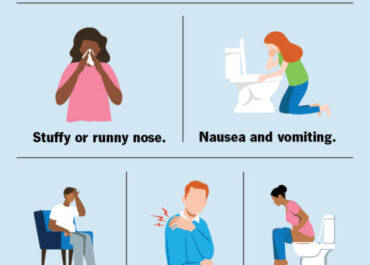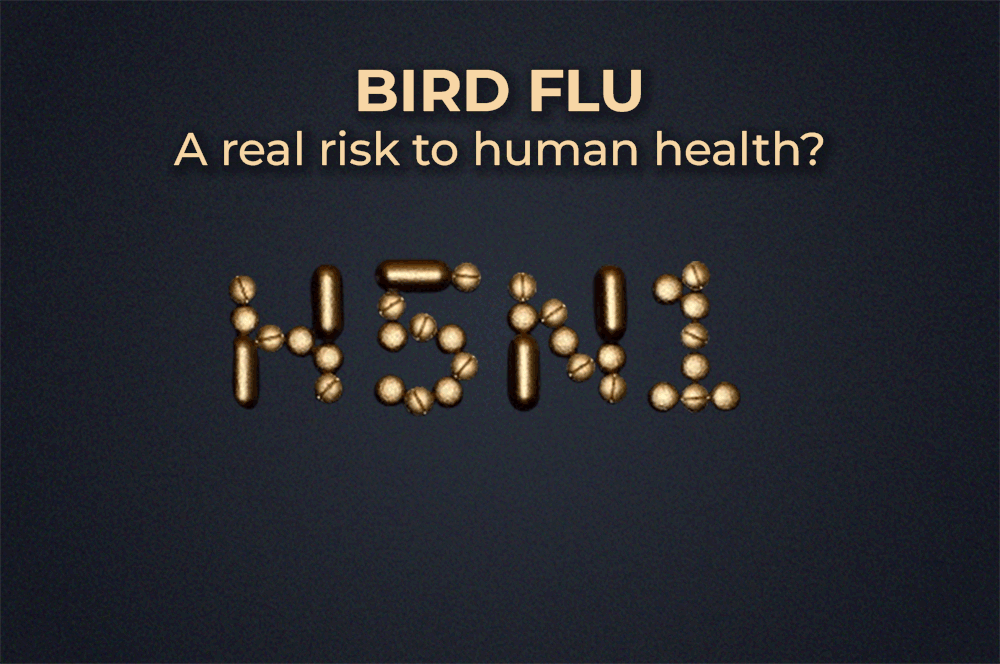Avian influenza, commonly known as Bird Flu, is an infectious disease caused by influenza viruses that primarily affect birds but can also infect other animals and, in rare cases, humans. The H5N1 strain, for example, has raised particular concern due to its high mortality rate and potential for mutation, which could facilitate human-to-human transmission.
Transmission Risk and Pandemic Potential
The main concern associated with bird flu is the possibility that a viral strain could mutate and adapt effectively to humans, thereby increasing the risk of a pandemic. This risk is amplified by the high mortality rate of avian influenza, which ranges from 25% to 50%, a stark contrast to the 0.6% mortality rate of COVID-19.
In recent years, cases of bird flu infections have been reported in various mammalian species, including cats, dogs, pigs, and even seals. These instances suggest that the virus is becoming increasingly adaptable to non-avian hosts, heightening the risk of zoonotic transmission, meaning transmission from animals to humans.
Symptoms of Bird Flu in Humans

The symptoms of avian influenza in humans can range from mild to severe and include:
- High fever (above 38°C)
- Cough
- Muscle aches
- Sore throat
- Breathing difficulties
- Nausea and vomiting
- Diarrhea
- Fatigue
- Pink eye
- Conjunctivitis
- In severe cases, pneumonia, acute respiratory distress syndrome, and multi-organ failure.
The incubation period for the disease can vary from 2 to 8 days, and early diagnosis is crucial to improve the chances of survival.
Spread and Surveillance
Bird flu is endemic in many parts of the world, with regular outbreaks in Asia, Africa, and some parts of Europe. Continuous surveillance and monitoring are essential to prevent and control potential outbreaks. Efforts include vaccinating poultry, temporarily closing live poultry markets, and culling infected animals.
You can monitor the current situation through this link
What You Need to Know to Prevent and Protect

- Hygiene and Food Safety: Avoid direct contact with wild birds and ensure that poultry meat is thoroughly cooked. Wash hands frequently, especially after handling animals or animal products.
- Surveillance and Reporting: Promptly report any suspected outbreaks to local health authorities. Collaboration between farmers, veterinarians, and health officials is crucial.
- Vaccination and Treatments: Currently, there is no universal vaccine for avian influenza for humans. However, antiviral treatments like oseltamivir can be effective if administered early.
- Information and Education: Educate rural and urban communities on the importance of prevention and the risks associated with avian influenza. Awareness campaigns can make a significant difference in managing the risk.
The advent of an avian flu pandemic is a matter of “when”, not “if”
According to Robert Redfield, former director of the Centers for Disease Control and Prevention (CDC), the advent of an bird (avian) flu pandemic is a real risk. That’s what he said
- Download PDF

